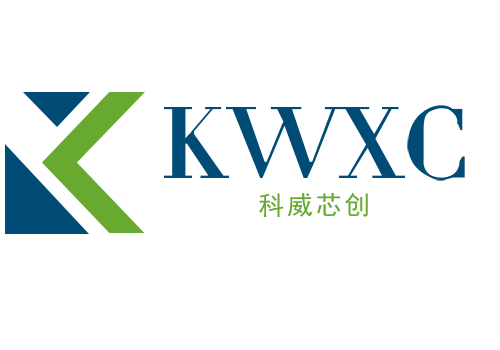Global Space Electronics Market Report
發(fā)布時間:2019/6/29
The global space electronics industry analysis highlights that the market generated $1.27 billion in 2018 and is expected to grow at a CAGR of 5.22% during 2019-2024. North America dominated the global space electronics market in 2018, whereas, Asia-Pacific is expected to have the highest growth rate during the forecast period 2019-2024.
The space electronics market growth is driven by aspects, such as significant investment in satellite manufacturing, technological advancement in microprocessors and FPGAs, and growth in global launch vehicle industry. However, factors such as high cost associated with design and development of space and difficulties in creating real testing environment for radiation hardened electronics are hampering the overall market growth.
Moreover, the adoption of new material to manufacture space electronics and increasing demand for reconfigurable satellite payloads are anticipated to create numerous opportunities for the market growth.
Expert Quote on the Space Electronics Market
"Small satellites have a huge potential for easy and cost-effective access to space. Currently, small satellites are creating a huge potential market for the COTS. In the recent years (2013-2018), a number of companies and space agencies have planned to use smaller satellites as it has lower launch cost and development time to fulfill a mission. Therefore, sophistication of the electronic products and, the designing of scalable electronic components with open standards and architectures are made possible due to the miniaturization of the components."
Scope of the Market Intelligence on Space Electronics
The market intelligence on Space Electronics market offers a detailed perspective regarding the applications of the technology, its value and estimation, among others. The purpose of this market analysis is to examine the space electronics industry outlook in terms of factors driving the market, trends, technological developments, and funding scenario, among others.
Market Segmentation
The global space electronics market has been segmented into different applications i.e. satellite, launch vehicle and deep space probes. The satellite segment acquired the largest share in 2018 and is anticipated to remain dominant during the forecast period, 2019-2024.
In addition, the global space electronics report by BIS Research, shows that the space electronics market is also classified depending upon the components i.e. integrated circuit, mixed and analog signals, discrete semiconductors, optoelectronics, sensors, memory, and electrical power system. The integrated circuits segment had the highest market penetration in 2018.
The global space electronics market has also been classified on the basis of subsystems in satellite, i.e. launch vehicles and deep space probes. Satellites consists of satellite bus and payload as its subsystems, whereas launch vehicle and deep space probes have avionics and power system as their subsystems.
North America accounted for the highest share of the market in 2018, owing to a significant number of companies based in the region. However, Asia-Pacific is expected to witness the highest growth during the forecast period, 2019-2024, mainly due to the continued efforts in the development of satellite technologies to transform the national economy and strengthen nation-security.
Key Companies Operating in the Space Electronics Market
Some of the key players in the global space electronics market include BAE Systems, Cobham plc, Honeywell International, Texas Instruments Inc., The Boeing Company, Xilinx Inc., Microsemi Corporation, STMicroelectronics N.V, TT Electronics, Data Device Corporation, Infineon Technologies Inc., Microchip Technology Inc., Micropac Industries Inc., Renesas Electronics Corporation, and Solid State Devices Inc. These companies are aiming for a wide range of product launches and collaborations to expand their operations and also to prevent new companies from becoming future competitors. The company profiles section covers business financials, company snapshots, key products and services, major developments, future programs (if any), and the individual SWOT analyses of the key players mentioned above.

